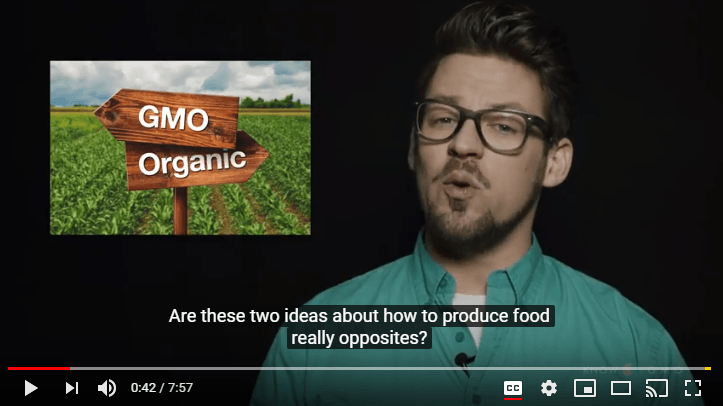Here are a few articles the Barstow family was reading this month:
Fresh Talk: It’s hard to be a dairy farmer. But it’s worth it.
But every farm has some important similarities. We all take the best care possible of our cows, and we do everything in our power to protect our soils and waterways. These two factors are at the heart and soul of the nutritious milk we produce each day. And that is one thing that won’t change in the year ahead.
Land conservation helps local economies grow | Morning Ag Clips
Conservation – the permanent protection of land from developed uses – has long been viewed by skeptics as a loss of possible local tax revenue from new development or resource extraction, and thus painted as incompatible with economic growth. Proponents of land protection point to the fact that conservation can reduce the cost of community services, while providing both indirect economic benefits – such as clean water and flood protection – and direct economic gains such as increased real estate and amenity values and inputs to the forest and farm products industry.
Can This Radical Approach to Dairies Save US Farms? | Civil Eats
At the root of the issue in the U.S.: Farmers are producing too much milk. When prices go down, they produce more milk to make up for the profit loss. When prices go up, they produce more milk to take advantage of the opportunity. The underlying premise of supply management is simple: Producers limit the amount of milk they put on the market—and therefore the number of cows, and the amount of feed required—so that it’s in line what they believe consumers will purchase.
GMO vs. Organic: Fake News? | Know Ideas

Food Future: What will it take to nourish a nation in 2050? | Dirt to Dinner
“Every farmer I’ve met, organic or conventional, is trying to do good,” Misiewicz said. “Farmers are growing their crops, trying to meet their bottom line and all the while they are aiming to be good stewards of the land. There is room for more than one agricultural production system in the world — but we should all have the same ultimate goal of feeding the population in an environmentally friendly and sustainable way.”
Robotic farming: It looks to be a growth industry
The world’s population is growing, while the industry that feeds it is under constant pressure. Agriculture is already highly automated in the United States, but farms still need people to pick many fruits and vegetables. The work is hot, arduous, and dull, and few people want any part of it.
Why do we Drink Cows Milk? | Dairy Good
We’ve enjoyed drinking cow’s milk for centuries: Archaeologists and anthropologists have found evidence of people drinking cow’s milk dating back several thousand years. Our colleague Greg Miller, PhD, FACN, says that “ milk drinking is not just a practice of Western culture, but a shared part of human existence around the world.”
Maple Beyond Breakfast | Cabot Creamery
If you think maple is just for breakfast, try it in an exceptional grilled cheese, savory wheatberry salad and homemade cracker that pairs perfectly with cheddar, of course! #cabotcheese
Cow Tipping: Fake or Really Fake? | Modern Farmer
A 1,400-pound dairy heifer is a broad, squarely built animal – there’s a reason the adjective “beefy” exists. You’d have more luck trying to tip over a Camry than a cow.
Need A Can’t-Miss Wheel Of Cheese? Try Playing It Some Hip-Hop | NPR
The experiment, titled “Cheese in Surround Sound,” started last fall with nine 22-pound wheels of Emmental cheese placed in nine separate wooden crates. Each assorted fromage was played one of various types of sound waves and songs, including Mozart’s The Magic Flute, Led Zeppelin’s “Stairway to Heaven” and “Jazz (We’ve Got)” from hip-hop legend A Tribe Called Quest. There was also one control cheese wheel that wasn’t given any music at all.